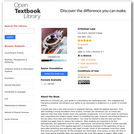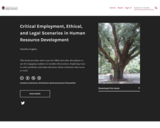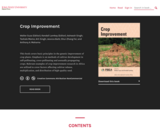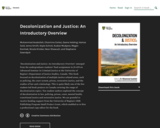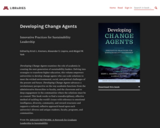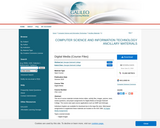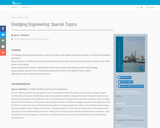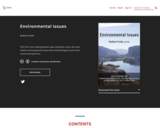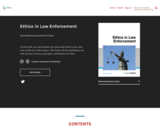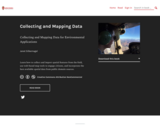
Collecting and Mapping Data for Environmental Applications
Short Description:
Learn how to collect and import spatial features from the field, use web-based map tools to engage citizens, and incorporate the best available spatial data from public domain sources.
Long Description:
Whether checking camera traps in the rainforest, working with citizen scientists, or downloading the latest satellite imagery, we all work with conservation data, and much of it is mappable! Finding, accessing, and mapping various forms of spatial conservation data is our focus here. You will learn how to collect and import spatial features from the field, use web-based map tools to engage citizens, and incorporate the best available spatial data from public domain sources. These lessons will prepare you for further spatial analyses of the data, or for generating simple map and report documentation. In this volume students will:
import spatial features from the field work in the cloud with online spatial data and web maps use citizen-collected data and web-based map tools to engage local communities incorporate the best available spatial data from public domain sources
Word Count: 15002
(Note: This resource's metadata has been created automatically by reformatting and/or combining the information that the author initially provided as part of a bulk import process.)
- Subject:
- Applied Science
- Architecture and Design
- Career and Technical Education
- Environmental Studies
- Material Type:
- Textbook
- Provider:
- University of Wisconsin - Madison
- Author:
- Janet Silbernagel
- Date Added:
- 11/30/2018

